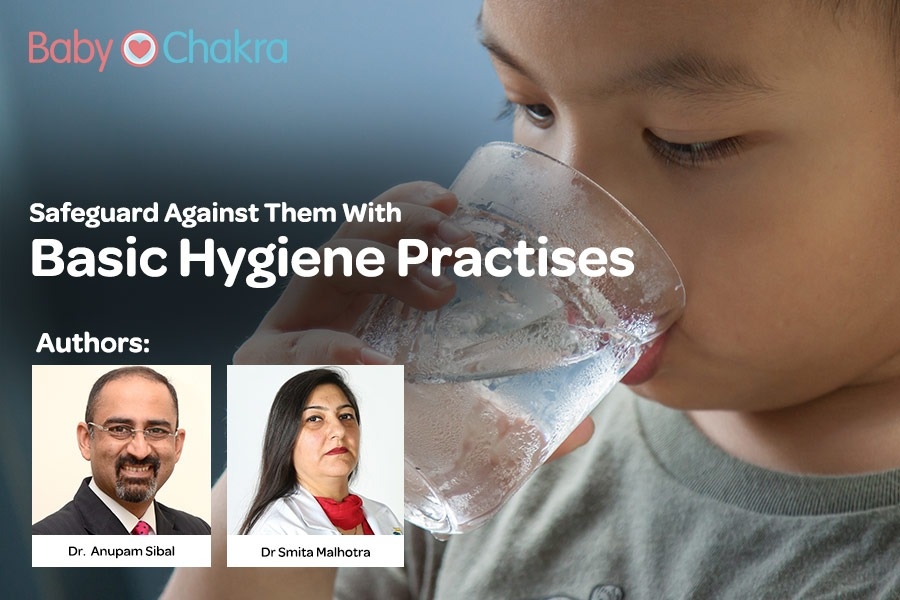
Waterborne Diseases: How They Spread
30 Jul 2018 | 3 min Read
Babychakra
Author | 1369 Articles
This article has been authored by Dr Anupam Sibal and Dr Smita Malhotra, Consultant Pediatric Gastroenterologists and Hepatologists, Indraprastha Apollo Hospital, Delhi
Worldwide waterborne diseases continue to be a public health challenge in the developing as well as affluent nations. Basically, waterborne diseases can be transmitted through four main routes: Waterborne route, Water-washed route, Water-based route and Insect vector route or water related route.
Water borne illnesses may affect the gastrointestinal tract, lungs, ear, eyes, skin and cause wound infections.
Illnesses occur by intake of contaminated water or when water is used for bathing and domestic purposes or recreational water based activities including swimming and water sports. Waterborne outbreaks of enteric diseases occur when public drinking water supplies are not adequately treated after contamination by run off from surface water, municipal drains and drainage from areas where livestock is handled. Contamination by human excreta results in feco-oral transmission of gastrointestinal diseases. Waterborne disease can be caused by protozoa, viruses, bacteria, and intestinal parasites. These include Cholera, Amoebic dysentery, Bacillary dysentery (shigellosis), Cryptosporidiosis, Typhoid, Giardiasis, Paratyphoid, Rotavirus diarrhoea, E. coli diarrhea, infectious Hepatitis (A & E), Leptospirosis and Poliomyelitis. Diseases which are often related to inadequate sanitation include various forms of worm infestations including ascaria and hookworms.
Caution is required and children should be discouraged regarding consumption of food from unhygienic roadside stalls. Food exposed to dust and flies, cut fruits, sugarcane juice, undercooked momos and “pani puri/golgappas “are usual culprits for food poisoning.
Undercooked eggs and ice cream may harbor salmonella that can cause typhoid fever. Unlicensed hawkers selling ice creams outside schools should be banned. The government should curb sale of ice from unlicensed factories that usually supply ice to various food joints. Personal hygiene measures including frequent handwashing need to be inculcated in children from an early age.
Most waterborne diseases are characterized by diarrhoea, which involves excessive stooling, often resulting to dehydration and in extreme cases death. According to the WHO, about 1.8 million people suffer from diarrheal diseases annually, the majority being caused by contaminated water and food. An estimated 88% of that burden is attributable to unsafe water supply, sanitation and hygiene and is mostly concentrated on children in developing countries. Thus, resident welfare associations should ensure that their local municipalities arrange for timely garbage disposal, desilting of drains and adequately treat public water supplies. Water in swimming pools should be chlorinated. Public awareness about stagnating water acting as breeding ground for dengue, chikungunya and malaria will help prevent their outbreaks.
The importance of vaccination in childhood cannot be underemphasized. Vaccination against typhoid and hepatitis A should be provided to all children.
With basic personal hygiene and certain practises, you can ensure that your child has a waterborne disease free childhood.
A


Suggestions offered by doctors on BabyChakra are of advisory nature i.e., for educational and informational purposes only. Content posted on, created for, or compiled by BabyChakra is not intended or designed to replace your doctor's independent judgment about any symptom, condition, or the appropriateness or risks of a procedure or treatment for a given person.
